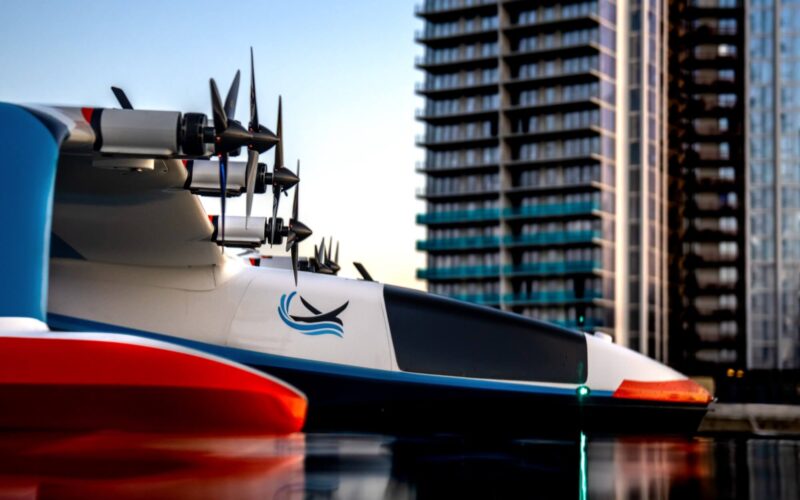Lockheed Martin Ventures, the venture arm of United States aerospace and defense group Lockheed Martin, is investing an undisclosed amount in REGENT, a startup developing a new generation of ground effect vehicles that is calls “Seagliders”.
Ground effect is a physics phenomenon by which objects moving just a few meters over the surface of a body of water are able to achieve very high speeds.
Although REGENT had so far focused on the development of civilian applications for its Seaglider technology, the deal with Lockheed also opens the door to the defense market.
Chris Moran, vice president and general manager of Lockheed Martin Ventures, said: “We believe that REGENT seagliders can bring tailored solutions to the future battlespace.”
The military applications of ground effect vehicles are not new, the Soviets experimented with several ground effect vehicle concepts called “Ekranoplans”. Some of these were built on a large scale, like the so-called “Caspian Sea monster”, which is now on display at a beach in Dagestan, in Southern Russia.
Among the capabilities of ground effect vehicles that have attracted the attention of military planners are their high-speed and low radar signature and the possibility of runway-independent operations.
The US military has also recently shown interest in ground effect vehicles. The research arm of the Pentagon, DARPA, recently selected General Atomics and Boeing’s Aurora for a program called “Liberty Lifter”, which aims to develop amphibious capabilities based on ground effect technology.
In the case of REGENT, its electrically powered seagliders are expected to reach 180 miles per hour and a range of 180 miles. This type of expected performance has drawn the attention of both air and sea operators alike, with a view to establishing routes between coastal communities. REGENT claims to have already received orders for 400 units of the Seaglider, with a combined value of $7.9 billion.

